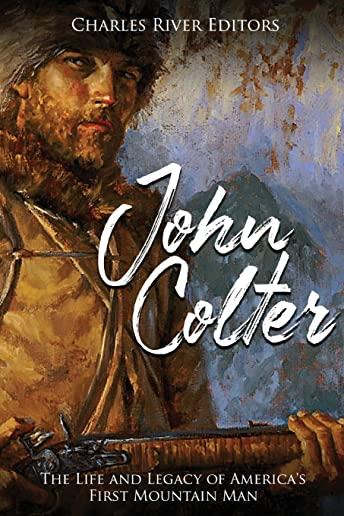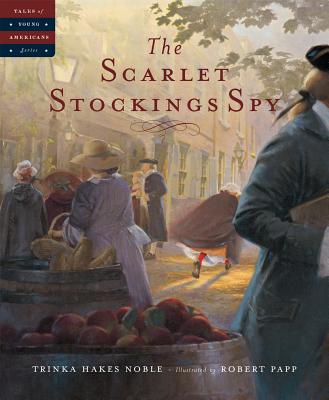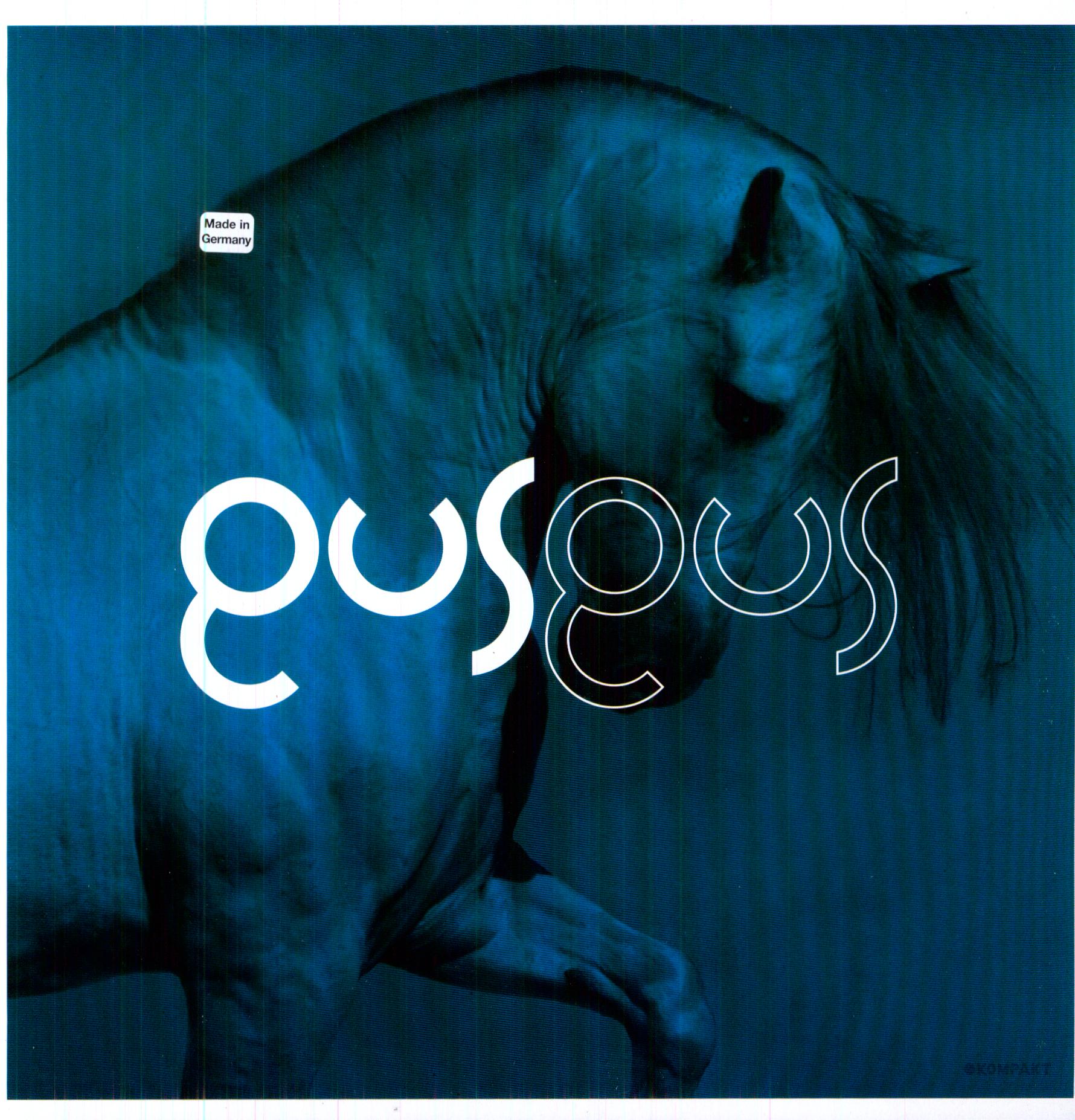
Charles River Editors
product information
description
7*Includes pictures
*Includes contemporary accounts
*Includes online resources and a bibliography for further reading
"Again he turned his head, and saw the savage not twenty yards from him. Determined if possible to avoid the expected blow, he suddenly stopped, turned round, and spread out his arms. The Indian, surprised by the suddenness of the action, and perhaps at the bloody appearance of Colter, also attempted to stop; but exhausted with running, he fell whilst endeavouring to throw his spear, which stuck in the ground, and broke in his hand. Colter instantly snatched up the pointed part, with which he pinned him to the earth, and then continued his flight." - John Bradbury, 1817
The time of the American mountain man was not to reach its peak until the mid-19th century, but the man who served as the prototype for the cultural genre hailed from an earlier age in which the new United States had scarcely established its most basic structural tenets. A member of the original Lewis and Clark Corps of Discovery commissioned by Thomas Jefferson, John Colter's multiple journeys to the northwest country of present-day Montana, Wyoming, and Idaho were first-time events in the development of the continent.
With Lewis and Clark, Colter was met with every challenge the North American wilderness had to offer, including "constant rain and plaguing insects," a range of cultures never before explored, an extreme mountain climate at unfamiliar elevations, and teeming wildlife boasting its share of predators. Added to Colter's skills as a woodsman was a developing talent for communicating with previously unknown indigenous societies. He was undoubtedly assisted in this essential function by the presence of Sacajawea, a Lehmhi Shoshoni woman of the Agaidika, or Salmon-Eaters. She was married to the French translator Toussaint Charbonneau in a non-consensual contract, purchased with a second woman to serve as a working wife.
Based on the experience gained from the Lewis and Clark expedition, Colter became a valued figure in future treks as part of the international trade for "plews," the frontier word for beaver pelts. As one of the best hunters and trackers from the expedition, he was to be sent out on missions covering vast distances in his subsequent returns to the northwest. Although the precise routes of his solo journeys are difficult to confirm, Colter was likely the first explorer to witness the thermal marvels of the Yellowstone region and the Grand Tetons towering above present-day Jackson Hole. His accounts of the boiling geysers and bubbling pools of the northern Rockies remained the butt of frontier jokes until discovered by the next wave of surprised frontiersmen.
Compared to the fantasies of Paul Bunyan and Pecos Bill that entertained a fascinated public in the east, the hair-raising events of Colter's time in the West were authentic and more than equal to popular fantasies of wilderness lore. His travels on foot were likened to the Aegean wanderings of Homer's Odysseus, and in a comparison closer to home, he was often referred to as the Daniel Boone of the West. As the first mountain man, many factual considerations concerning his travels remain as matters of contention, and Colter never produced a written account, but the maps of William Clark and the recollections of the few who knew him have helped to clarify a story two centuries old.
John Colter: The Life and Legacy of America's First Mountain Man chronicles the remarkable story of the legendary explorer. Along with pictures of important people, places, and events, you will learn about John Colter like never before.
*Includes contemporary accounts
*Includes online resources and a bibliography for further reading
"Again he turned his head, and saw the savage not twenty yards from him. Determined if possible to avoid the expected blow, he suddenly stopped, turned round, and spread out his arms. The Indian, surprised by the suddenness of the action, and perhaps at the bloody appearance of Colter, also attempted to stop; but exhausted with running, he fell whilst endeavouring to throw his spear, which stuck in the ground, and broke in his hand. Colter instantly snatched up the pointed part, with which he pinned him to the earth, and then continued his flight." - John Bradbury, 1817
The time of the American mountain man was not to reach its peak until the mid-19th century, but the man who served as the prototype for the cultural genre hailed from an earlier age in which the new United States had scarcely established its most basic structural tenets. A member of the original Lewis and Clark Corps of Discovery commissioned by Thomas Jefferson, John Colter's multiple journeys to the northwest country of present-day Montana, Wyoming, and Idaho were first-time events in the development of the continent.
With Lewis and Clark, Colter was met with every challenge the North American wilderness had to offer, including "constant rain and plaguing insects," a range of cultures never before explored, an extreme mountain climate at unfamiliar elevations, and teeming wildlife boasting its share of predators. Added to Colter's skills as a woodsman was a developing talent for communicating with previously unknown indigenous societies. He was undoubtedly assisted in this essential function by the presence of Sacajawea, a Lehmhi Shoshoni woman of the Agaidika, or Salmon-Eaters. She was married to the French translator Toussaint Charbonneau in a non-consensual contract, purchased with a second woman to serve as a working wife.
Based on the experience gained from the Lewis and Clark expedition, Colter became a valued figure in future treks as part of the international trade for "plews," the frontier word for beaver pelts. As one of the best hunters and trackers from the expedition, he was to be sent out on missions covering vast distances in his subsequent returns to the northwest. Although the precise routes of his solo journeys are difficult to confirm, Colter was likely the first explorer to witness the thermal marvels of the Yellowstone region and the Grand Tetons towering above present-day Jackson Hole. His accounts of the boiling geysers and bubbling pools of the northern Rockies remained the butt of frontier jokes until discovered by the next wave of surprised frontiersmen.
Compared to the fantasies of Paul Bunyan and Pecos Bill that entertained a fascinated public in the east, the hair-raising events of Colter's time in the West were authentic and more than equal to popular fantasies of wilderness lore. His travels on foot were likened to the Aegean wanderings of Homer's Odysseus, and in a comparison closer to home, he was often referred to as the Daniel Boone of the West. As the first mountain man, many factual considerations concerning his travels remain as matters of contention, and Colter never produced a written account, but the maps of William Clark and the recollections of the few who knew him have helped to clarify a story two centuries old.
John Colter: The Life and Legacy of America's First Mountain Man chronicles the remarkable story of the legendary explorer. Along with pictures of important people, places, and events, you will learn about John Colter like never before.
member goods
No member items were found under this heading.
Return Policy
All sales are final
Shipping
No special shipping considerations available.
Shipping fees determined at checkout.







